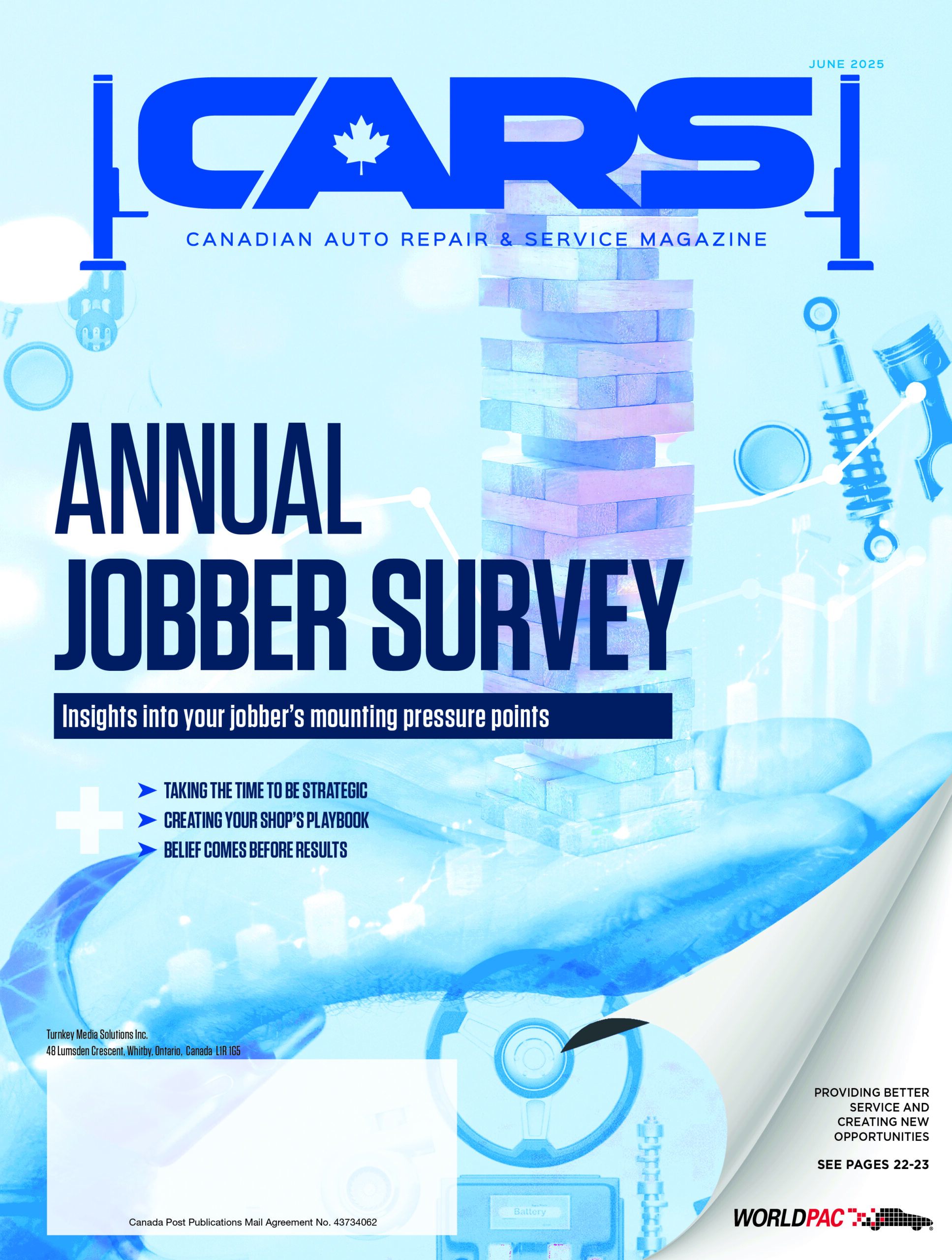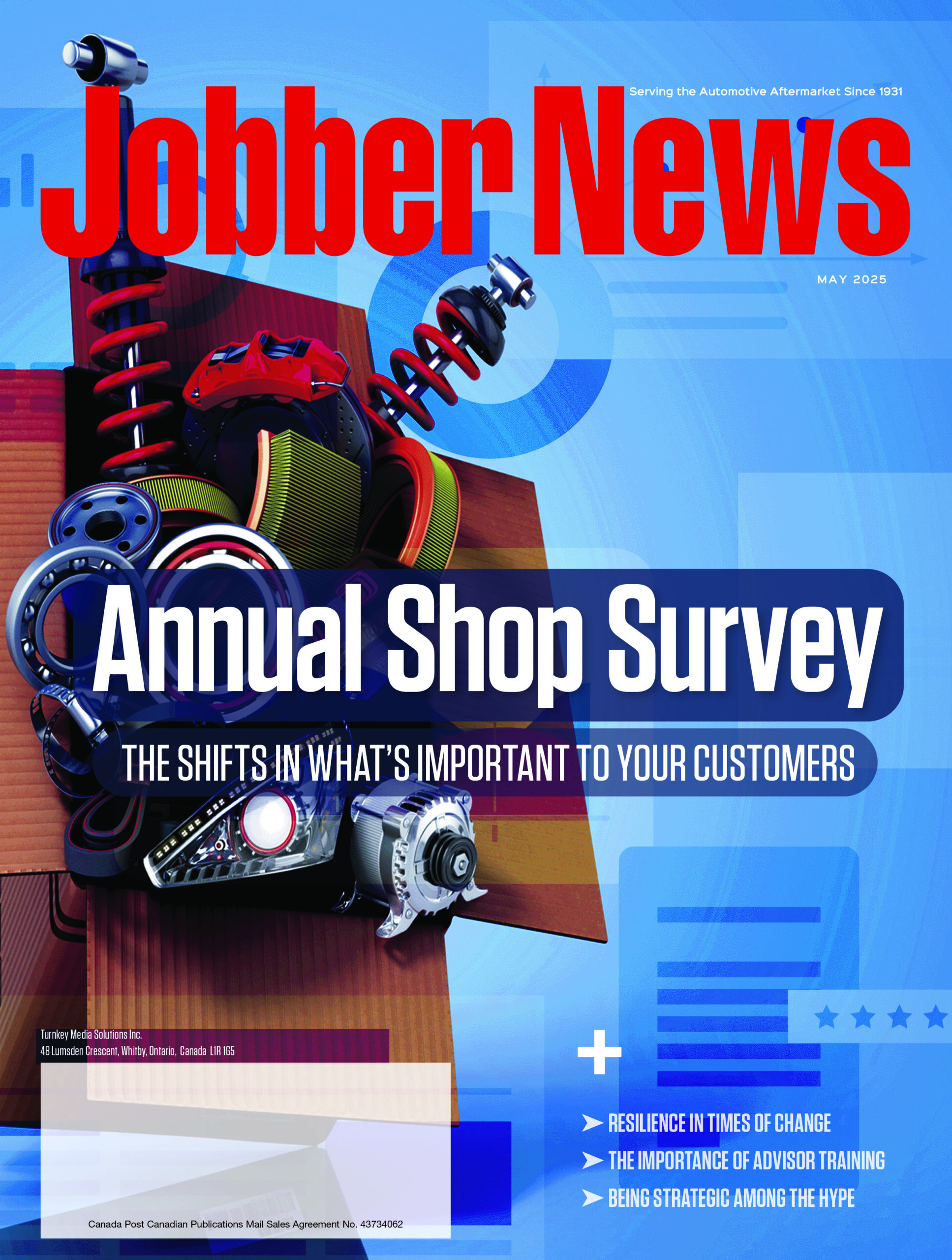
Indicators show that the disruption caused by COVID-19 is finally beginning to dissipate.
They’re showing a reduction in consumer demand, which was the starting point of the global trade disruption that has been in place. Increased cost, product scarcity and delay were the three trademarks of the pandemic — as demand planners know all too well.
What’s changed? A reduction in consumer demand will lead to a reduction in industrial demand.
Adding to this equation are inventory balances of larger public companies topping off at higher levels than required. Inventory bloat, in other words.
The global transportation infrastructure is starting to catch up and level out. Vessels awaiting berthing in L.A./Long Beach went from over 100 in February 2022 to less than 20 in June.
The current levels of inflation, impending recession and sliding consumer confidence — together with the fact that capacity in manufacturing, distribution and transportation are now meeting demand — means that the likelihood of trade normalization by the end of the year is more probable.
What should we do? There are short-term and tactical strategies demand planners need to consider, as well as others that are strategic or long-term.
As a baseline, utilize the first quarter of 2022 as the benchmark for complete normalization, with maybe some minor residual issues. One such issue is transportation prices, which will continue to drop but not likely to pre-COVID pricing.
MORE: Listen to Tom Cook on our podcast series AutoServiceWorld Conversations. Publisher Peter Bulmer hosts a two-part discussion exploring supply chain challenges, what’s changing and what the future looks like.
Manage demand planning closely. Tight communication with customers is key to carefully monitor inventory needs and incorporate requirements into forecasts. Allow an extra 90 days for purchase orders until you are confident of your suppliers’ capabilities to meet demand. Consider increasing safety stock levels by 30 per cent.
Speaking of communication, keep open and transparent lines of dialogue with all stakeholders in your global supply chain, from suppliers to end-users to customers. Internally, communicate across organizational silos, keeping all personnel in the loop. Tight and open communications will allow for everyone to work more collaboratively, comprehensively and cost effectively.
Focus attention on Tier 1 suppliers — those representing 80 per cent of your spend, along with critical supplier sources.
Start now to develop numerous resources for intelligence so that better and more informed decisions can be made. Professional organizations, online industry newsfeeds, LinkedIn groups and even vendor webinars can quickly broaden awareness and alert you to issues worth investigating.
Strategically, there are actions and investments you can take to build resiliency in your supply chain. First, develop a risk management mindset in how you approach every aspect of the global supply chain. Costs must be viewed in the sense of where greatest value can be obtained. Balance both cost and risk.
Another good strategic move is to develop alternate sources for your purchasing and look to near-sourcing when feasible. Taking a risk management mindset, for example, recognizes that a higher unit price may be easily offset by eliminating the cost and risks associated with ocean transport of lower cost imported goods.
Invest in technology — IT that provides better visibility and metrics for planning is a must-have. Spreadsheets can’t provide the information analysis and alert mechanisms needed to react quickly and constantly monitor supply-demand imbalances.
Finally, have a serious “Monday morning quarterbacking” session to evaluate how the pandemic disruption impacted your organization. Develop a strategic plan to prevent or mitigate future disruptions. Proactive tactics will lead to risk management and loss prevention concepts that will be beneficial in the long term
Tom Cook is managing director of Blue Tiger International. He has more than 35 years’ experience in assisting companies all over the world manage their import and export operations.
This article originally appears in the July/August issue of Jobber News












Leave a Reply